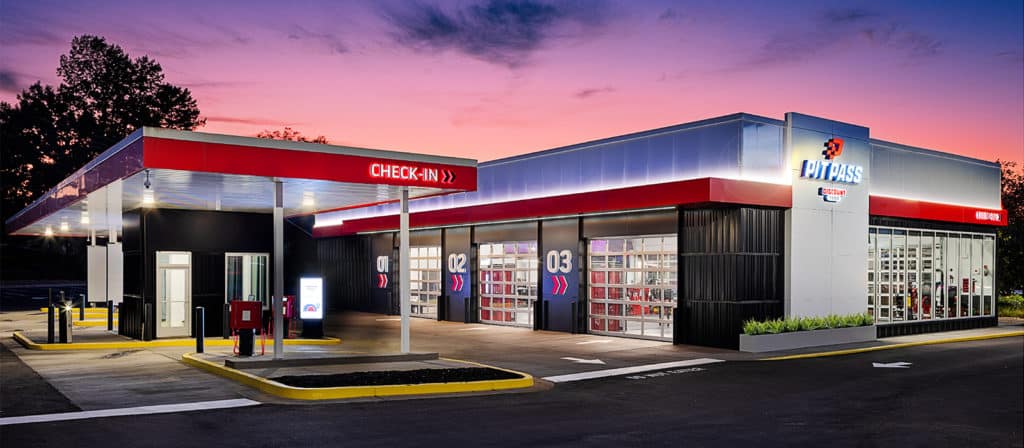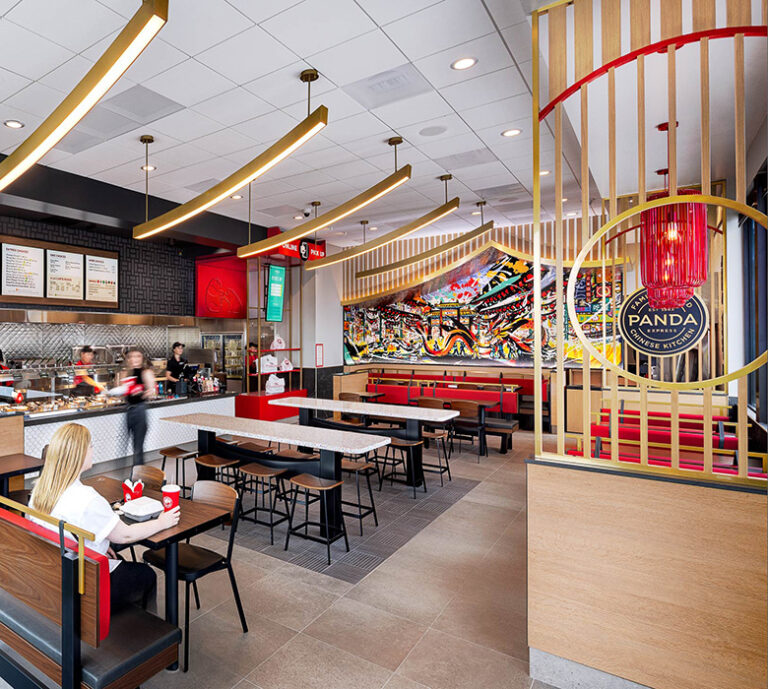After a conversation about how retailers could strike the right balance between digital and analog, our Creative Director, Amanda McAllister, and Retail Technology Strategist, Patrick Madden, decided to explore the topic further.
Is there a new technology lurking out there that could transform your retail experience? If so, will it be overt to the shopper or something that works behind-the-scenes to make the experience better, or maybe both? The role and application that new technologies should play in the retail experience continues to pose more questions than can be answered. Retailers face new challenges amid rising costs, decreasing budgets, accelerated timelines, and labor crunches. With these concerns not going away soon, if ever, new technology is being pitted against the tried and true, as if brands must choose between one or the other. A better way to think of new technologies is as a part of a continuously evolving toolkit, and focus on ways to improve how we integrate the old with the new. In practice, this means placing less emphasis on swapping traditional technology, (e.g., a human operated POS, for a self-service kiosk), and more emphasis on ways to efficiently integrate tech. This is the path to improving the overall experience, and better yet, creating transformative new experiences.
Retailers have a brick-and-mortar experience that they must evolve to keep up with competitors and keep moving forward to drive efficiency, but they can’t do it all overnight. So, most do what they do best, which is to evaluate every facet of their experience, journey-by-journey, and iterate and improve the specific areas they feel will give them the best return on investment. This ultimately results in decisions being made about individual options, like swapping out POS stations for kiosks, or print signage for digital, or a manual process for automation. Some of these can be spun through the lens of improving the customer experience, but at the end of the day it comes down to a well-calculated financial projection, and the ROI impact of one option versus the other.
There are obviously a lot of challenges and potential pitfalls with this approach—the largest being a fragmented experience. Technology takes plenty of time and investment to develop and integrate, yet there is pressure to quickly realize the financial return on investments. This results in components of a technology being introduced in a piecemeal fashion and leaves the shopper in a constant state of “proof-of-concept” purgatory.
Discount Tire, the largest tire retailer in the US, is a strong example of a retailer realizing it has the potential to innovate and grow because they have the scale, resources, and eagerness to explore what’s next. They saw a need for industry innovation and knew they could end up stuck in an endless cycle of incremental changes in their store model. In partnership with ChangeUp, we were able to design a brand-new, digital-first store experience—Pit Pass—which elevates both the customer and employee experience.

What appeared as a daunting task, creating an entirely new way to buy tires without a physical showroom, actually allows Discount Tire to test, grow, and improve in an incubator-like environment. By removing obstacles associated with retroactively adapting their existing models, they were able to bring over the existing digital components that were effective, and pair them with entirely new physical elements that revolutionize the guest journey under an exciting new concept. This not only gives them the space to do something transformative but also gives the customer something wholly new to experience without directly impacting their fleet of traditional locations, which is exactly the kind of innovation we love to be a part of at ChangeUp.
One of the biggest challenges for retailers is developing a comprehensive approach to their in-store and online journeys that addresses the cause—not the symptoms—of their problems. And while we may not know with great certainty what technologies will be available to us in the future, innovating with today’s emerging technologies can set brands up for long-term success. Retailers must think outside of the typical online vs in-store format separation; it’s about integrating technology across your processes to create viable solutions that can transform both.
We believe experimentation is critical to innovation; a loose concept created to gather data, a testing facility to work out operational bugs, or a temporary pop-up prior to a larger launch are all great ways to take the first step. These learnings can then be implemented with a strategic framework designed to produce targeted change and growth. This method of testing and integrating new tech and innovative experiences isn’t new. Retailers can get caught up in the race against the clock and mounting pressures, that they tend to cut out this step in favor of immediate results. Ultimately, businesses need to analyze these immediate results and consider if the instant gratification is worth the impact on the long-term vision. Pit Pass is a great example of how transformative technology can be. Change requires grit, and action, to ensure that what is created is truly revolutionary, and not just moving endlessly, incrementally forward, only just to keep up.



